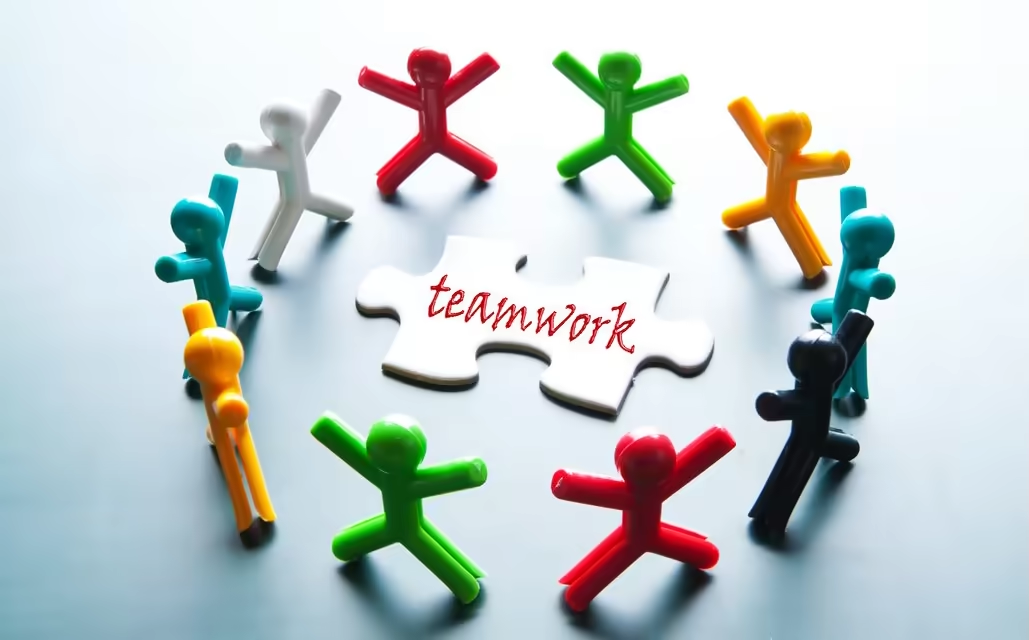When an upcoming team building exercise is mentioned to the employee body, there is usually a variety of reactions. Some immediately see themselves being marched in pools of mud, some see a good excuse to be out of office for the day whilst the other group would rather frankly be doing something else. Despite all the different opinions around team building exercises, the bottom line is that in today’s competitive global marketplace, teamwork, synergy, and effective communication are essential skills for a strong successful organizational foundation and business strategy.
Team Building forms part of organisational development. It aims to help teams work more effectively and efficiently together while improving and strengthening the relationships between people in the group.
There are many indicators that point to a work environment that is in need of a team building exercise. When workers are not connected to their peers and do not feel supported and understood, there is a high possibility of ending up with disengaged individuals which ultimately take a toll on the company’s innovation, productivity and bottom line. Disengaged employees cost the United States, the world’s economy 350 billion a year.
Aaron Winston, Strategy Director at Express Legal Funding, mentioned that as a leader, I’ve seen firsthand how teamwork flourishes when employees feel valued and heard. Open communication and clear goals aren’t just nice to have—they’re essential for real collaboration. I always encourage creating an environment where team members feel comfortable sharing ideas without hesitation. When trust is strong, and contributions are recognized, morale improves, productivity rises, and teamwork naturally strengthens. The return on investment is nearly priceless for companies seeking to grow affordably.
William Dyer, a published author specialising in organizational development, listed some pertinent pointers are indicative points of the need for team building exercise and some of them are;
- Decreased productivity within the organization
- Multiple grievances or complaints from within of the organization
- Confusion about assignments or unclear relationships between people
- Apathy of general lack of interest and involvement from some employees
- Ineffective staff meetings
- Poor communication interfering with group productiveness
- Lack of encouragement for working together in a better team effort
- Lack of trust between subordinates and managers
There are of course many other indicators that point to a troubled organization that lacks team cohesion.
Most organisations upon realizing that there is scope for work to be done on team cohesion go straight into team building activities without probing the problem further. The modern day team building workshops would require that the employee body go through pre-assessments to further identify which areas are the most contentious and need the most attention. Examples of possible and relevant pre-assessments are the Team Climate Inventory which, measures the level of team function, and Collaboration Network Analysis which measures the level of collaboration amongst team members.
Related: 9 Facts About Work Meetings That you can not Ignore
Another optional extra that can help employees to understand themselves and their teammates better, are personality self-assessments. There are a variety of personality types in the work place, and some personalities work better together than others. Particular personality types might make it really easy to work with one colleague and leave you struggling with another.
The Meyers Briggs Type Indicator Assessment is an example of such a test – an evaluation of an individual’s inborn predisposition and preferences that influence how they perceive the world and make decisions. Understanding this will help your employees understand themselves and each other better; and assist them to be able to adjust their own behavior to suit the team’s purpose. The aim of taking your employees through these assessments is to build a more effective team.
The general expected deliverable of a team building exercise are that the organization will function at a higher level as compared to before. Although the overall focus is on team building, there are other smaller factors that will contribute to this. The team building exercises in themselves should be structured in such a way that they speak to opening up communication, identify leadership qualities within individuals but also reinforcing the value of having fun in the workplace. Bonding is also important as it can create that sense of looking out for each other that can also bring a sense of trust. A positive and enthusiastic team paves way for good morale in the workplace.
Other benefits of a well-executed team building exercise are:
- The creation of a team that is emotionally aware and appreciates the different personality types and cultures of fellow employees and how to interact with them appropriately;
- Increased cohesion among the employee body;
- Team members working together to achieve the organisation’s goals and targets.
- a team which understands the effects of their attitude on the overall success of the organisation;
- highly motivated team geared towards fulfilling the vision of the organisation
Most team building exercises are physical and can be summed up as just playing games offsite, games that people forget when they get back into a work setting. The new way of looking at team building is as a long term intervention that requires constant review and adjustment. Team building that is guided by theory acts as a way to lay a foundation for true change in how people work in teams.

